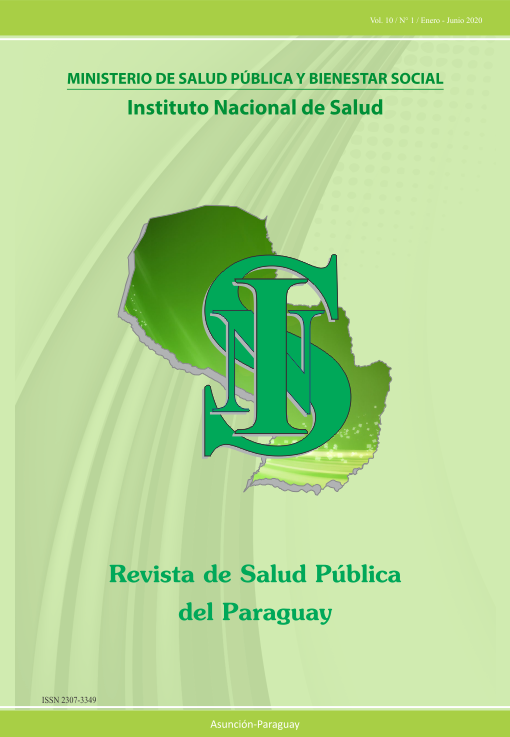Malaria in Paraguay: status and risks of re-establishing local transmission
Main Article Content
Abstract
Introduction: Malaria represented a public health problem in Paraguay until 2011, when the last case of autochthonous transmission was recorded. The country received WHO certification of elimination in 2018, but imported cases and vectors persist in the territory.
Objective: To describe the epidemiological profile of imported malaria cases and analyze the risks of reestablishment of local transmission in Paraguay (2012-2023).
Materials and methods: Observational descriptive retrospective study of confirmed imported cases registered by the General Directorate of Health Surveillance.
Results: 72 imported cases were confirmed (average: 7 cases annually), with a decreasing trend (-80% between 2012-2022). 82% came from Africa (mainly Equatorial Guinea), 17% from America, and 1% from Asia. 83% affected men and 85% people between 20-49 years old, primarily construction workers (36%) and administrative staff (22%). Infections corresponded to P. falciparum (61%), P. vivax (33%), and P. ovale (6%). 47% required hospitalization, with a 7% fatality rate. In 60% of cases, the presence of vectors was evident in the residential environment, including the primary vector Anopheles darlingi in 4 cases.
Conclusions: Although Paraguay maintains its status free of autochthonous transmission, the risk of reestablishment persists due to imported cases, presence of vectors in 13 departments, and migratory flow with endemic countries, constituting a constant challenge for the national epidemiological and entomological surveillance system.
Downloads
Article Details

This work is licensed under a Creative Commons Attribution 4.0 International License.

